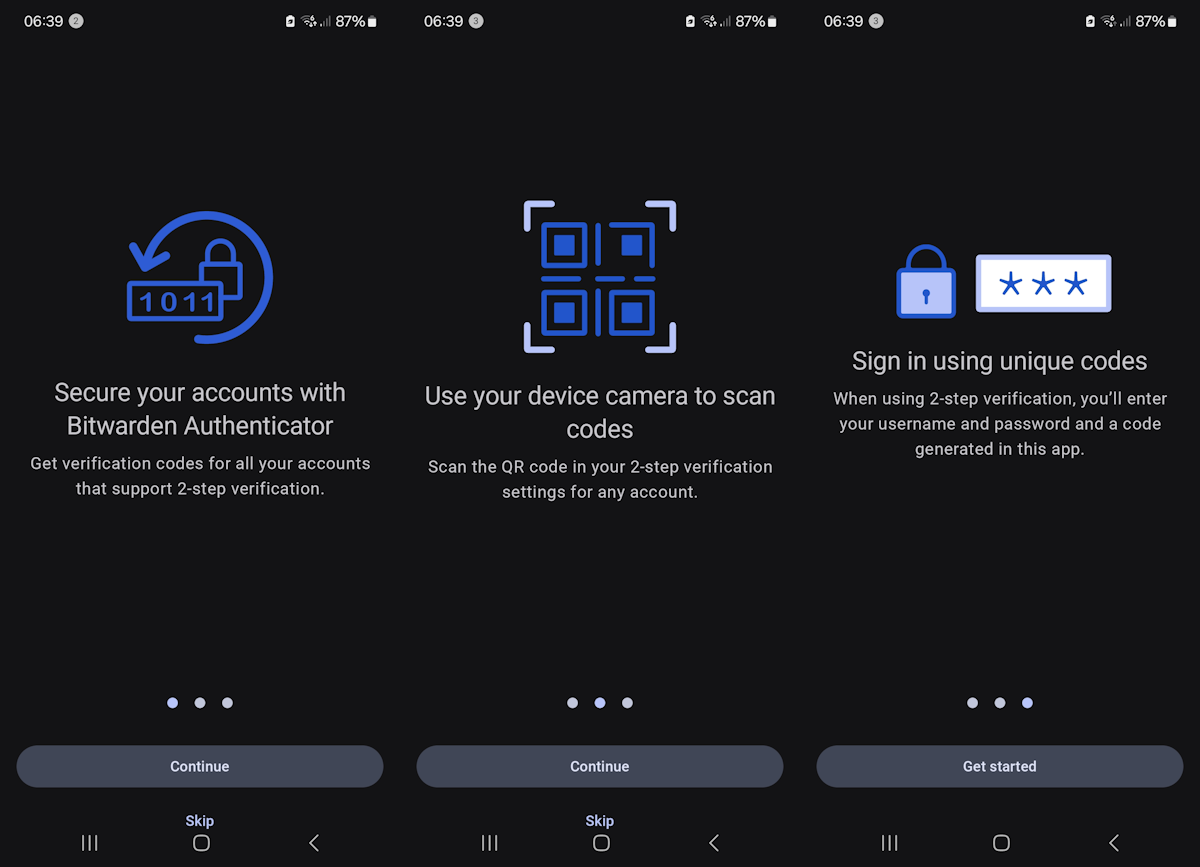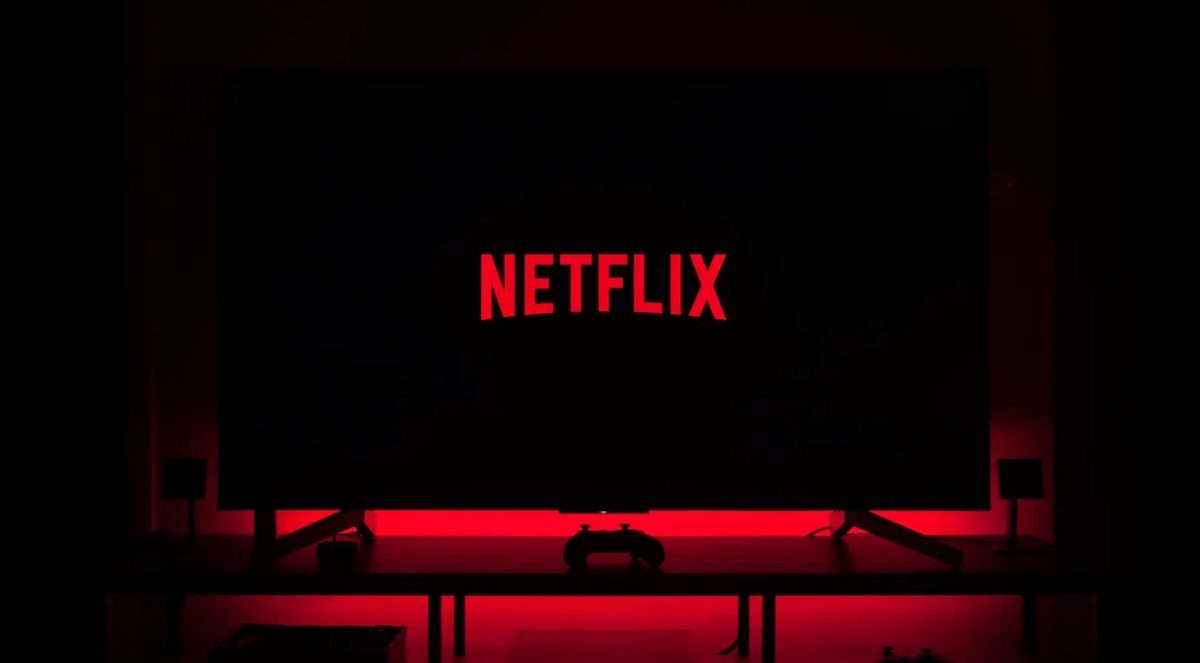Information about mDNSResponder.exe on Windows
You all know that I build a new computer recently and set it up properly by installing most software on it that I used on my old windows machine.
A quick Task Manager check revealed that the process mDNSResponder.exe that was running on my computer which puzzled me at first because I could not identify an application that was using the file.
Digging a bit deeper revealed that mDNSResponder.exe was associated with the Bonjour Service which was located in E:\Program Files\Bonjour. I was not aware that I did install this program which either meant another program did install it or that it was maliciously installed on my system.
According to the search engines, mDNSResponder.exe, or the Bonjour Service, is installed with Apple's iTunes software, Adobe Creative Suite 3 and Creative Suite 3 components. A Knowledge Base article for Adobe Creative Suite 3 explains what Bonjour is all about.
Bonjour is Apple's open source implementation of zero-configuration networking software. It is used by Adobe Version Cue CS3 client applications to dynamically discover Version Cue Servers on the local network.
And Apple adds:
Bonjour, also known as zero-configuration networking, enables automatic discovery of computers, devices, and services on IP networks. Bonjour uses industry standard IP protocols to allow devices to automatically discover each other without the need to enter IP addresses or configure DNS servers.
Users have two choices. If they want to disable the service and ensure that mDNSResponder.exe is not running anymore when they work with Windows then they should simply disable the Bonjour Service in Windows.
This is done in the Services management interface of Windows. You reach it with a tap on Windows-R, typing services.msc and hitting enter. You may get a UAC confirmation prompt before the program loads.
Locate the Bonjour Service on the page, the entries are sorted alphabetically, right-click on Bonjour Service and select the disable option from the context menu.
If you want to get completely rid of mDNSResponder.exe and the Bonjour Services do the following:
Press Windows R, type cmd and hit enter. Now navigate to the Bonjour directory using the command cd c:\program files\bonjour. Now type mDNSResponder.exe -remove and then in a second step rename mdsnNSP.dll mdsnNSP.bak. Restart the computer and delete the Bonjour directory afterwards.
If you find out that you do need Bonjour you can install it again by downloading Bonjour from the Apple website.


















Because not only are you now required to accept every corporations method of ramming advertisements in your face, forcing you to subject to RENTAL software/musicware/movieware and monitor what you do, etc but now you have to install the garbage written by every 5 year old on the planet too stupid, stubborn or ignorant to build for an existing environment. We’re all better then each other ya know but hey.. we’re all cool, relaxed and love everything these days so no one worries (GROUP HUG!)
This functionality already exists in core windows (xpsp2 and up), why is apple adding a second app doing the same thing? Why not hook into the native funtions to do this?
Bonjour is the part of iTunes which helps windows/OSX detect media devices such as iPods, if you disable it you may have problems communicating with your media device.
mDNSResponder.exe is the executable associated with Bonjour for Windows. This service will have been installed on your computer if you installed an Adobe CS3 Application. It is used by Adobe Version Cue client applications to discover Version Cue servers on the local network. For more information see http://kb.adobe.com/selfservice/viewContent.do?externalId=kb400982
bonjour is part of apple’s communication over tcp/ipv6. it is used in apple networks and if you want to sync your calendar, contacts, bookmarks across the mobileme service leave it on (computer to computer across internet) to pc or mac. itunes puts sync services in windows so you can. this would also allow syncing your iphone. it is unobtrusive and advanced. i’ve disabled it fine to free up resources on an old pc if needed. it might be to your advantage to leave it on if your pc isn’t tanking (it wouldn’t tank because of this.)
What do you mean by “sharing files over a network”? Would it be better to disable or totally get rid of mDNSResponder.exe? Will this affect my iTunes or internet access?
I also came across the same problem, couldn’t identify to which application mDNSResponder.exe was related to. But after some googling, I found out it was related to Apple. I have disabled the service from the services configuration menu and since my PC is not connected to any network, I haven’t had any problems so far.
I guess you could run into problems if you are sharing files over a network. If you are a single user I highly doubt it.
Would there be a problem if we disabled this?